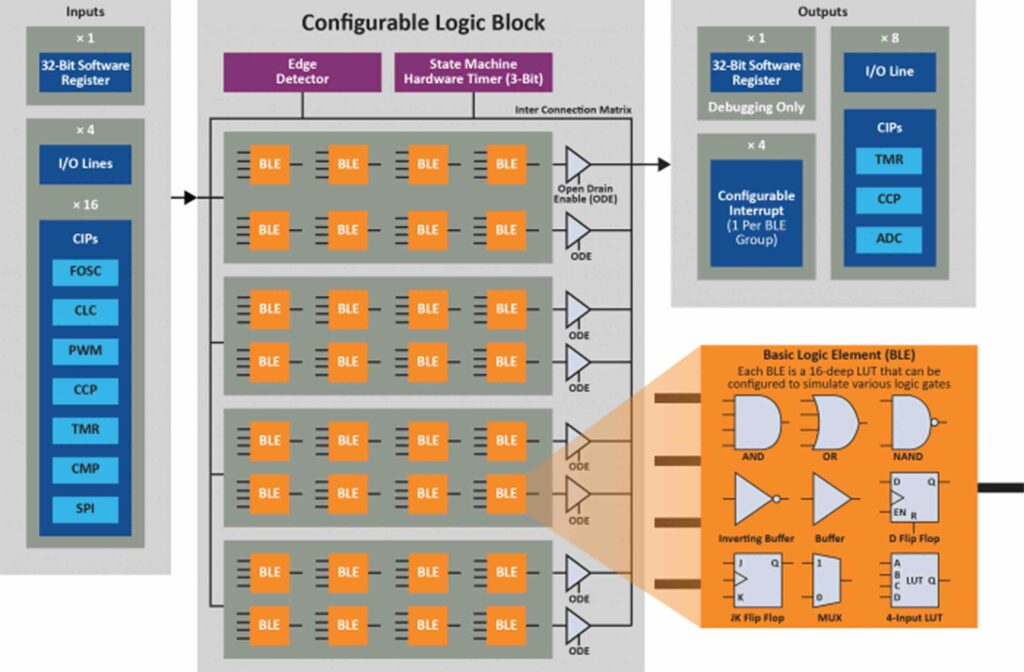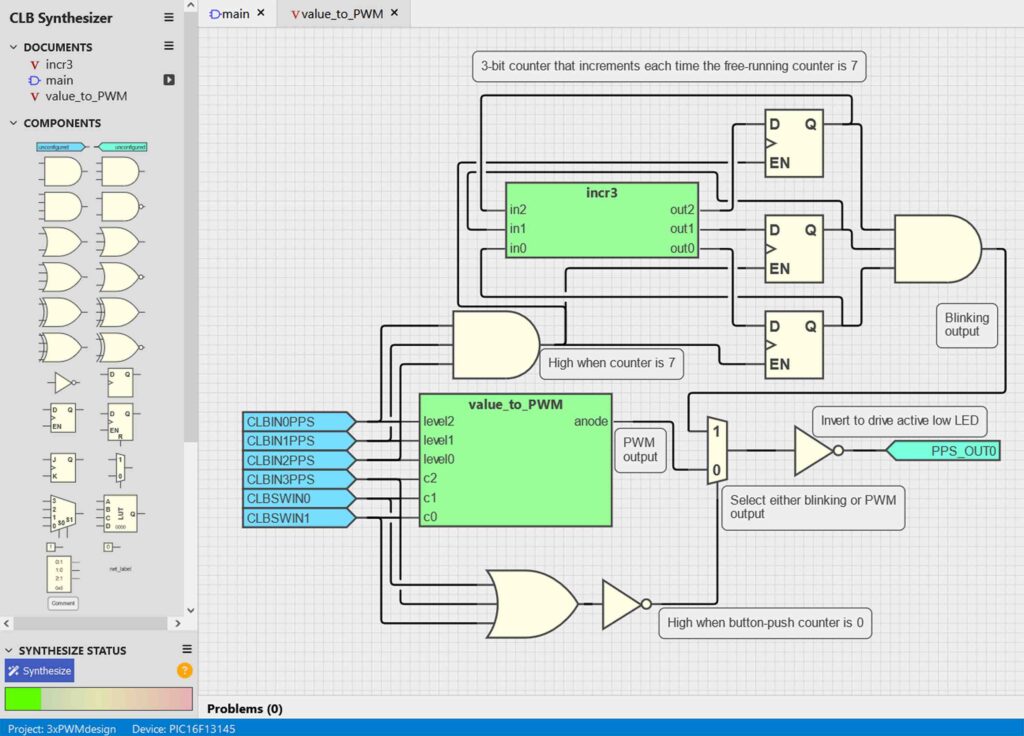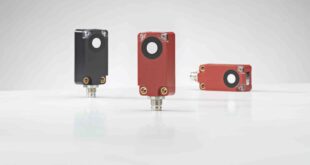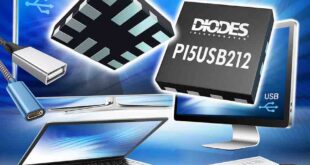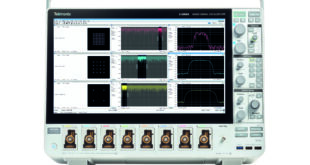To address the expanding need for increasing levels of customisation in embedded applications, Microchip Technology is offering a tailored hardware solution with the launch of its PIC16F13145 family of microcontrollers (MCUs). Outfitted with a new Core Independent Peripheral (CIP)— the Configurable Logic Block (CLB) module — the MCUs enable the creation of hardware-based, custom combinational logic functions directly within the MCU. Because of its integration into the MCU, the CLB allows designers to optimise the speed and response time of embedded control systems, eliminating the need for external logic components and reducing Bill of Materials (BOM) cost and power consumption. The process is further simplified by a graphical interface tool, which helps synthesise custom logic designs using the CLB. The PIC16F13145 family is designed for applications utilising custom protocols, task sequencing or I/O control to manage real-time control systems in the industrial and automotive sectors.
“The Configurable Logic Cell (CLC) Module has been integrated into Microchip MCUs for more than a decade and the new CLB module is the next step in the evolution of our customisable logic offering, enabling this family of MCUs to be utilised in applications that are typically the domain of standalone programmable logic devices,” said Greg Robinson, vice president of Microchip’s 8-bit microcontroller business unit. “Few single-chip solutions in today’s market address embedded engineers’ design challenges like the PIC16F131 MCU family. The new MCUs handle custom logic functions, minimise power consumption, simplify designs and can accommodate changing design requirements.”
Since the CLB’s operation is not dependent on the CPU clock speed, it improves the system’s latency and provides a low-power solution. The CLB can be used to make logical decisions while the CPU is in sleep mode, further reducing power consumption and software reliance. The PIC16F13145 MCUs also include a fast 10-bit Analog-to-Digital Converter (ADC) with built-in computation, an 8-bit Digital-to-Analogue (DAC) converter, fast comparators, 8- and 16-bit timers and serial communication modules (I2C and SPI) to allow many system-level tasks to be performed without the CPU. The family will be available in various packages from 8 pins up to 20 pins.
Development tools
The PIC16F13145 family of MCUs is supported by the MPLABCode Configurator (MCC), a free software plug-in within MPLAB X IDE which provides an easy GUI-based interface to configure the device and on-board peripherals, including the CLB. This interface reduces development time as the desired custom logic can be designed schematically with options for an advanced user to utilise Hardware Description Language (HDL).
 Engineer News Network The ultimate online news and information resource for today’s engineer
Engineer News Network The ultimate online news and information resource for today’s engineer
